Ösel in Estonia is an island in the Baltic Sea the size of Gotland, famous for its windmills. The island also has an interesting Swedish history and has several exciting sights - from a medieval castle to a meteorite crater.
Table of contents
Saaremaa in Estonia
Saaremaa in Estonia, or Saaremaa as the island and county are called in Estonian, is the largest of the Estonian islands. There are of course plenty of gems to see and discover, but since we had limited time, we rolled towards the main sights. Join us!
By ferry to Saaremaa
We travelled by ferry to Saaremaa from Virtsu on the mainland. The ferry actually stops first on the island of Moon (Muhu), but from here you continue by car to the main island of Saaremaa. The Estonian ferries are comfortable, usually with a shop and some food service on board, and now the weather had also improved.
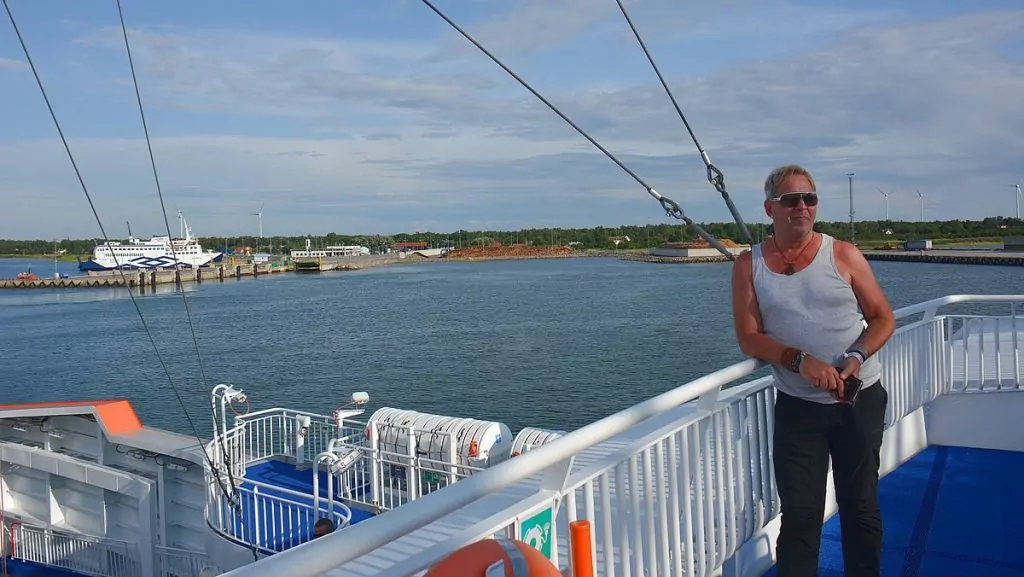
Prettiest mansion on Moon Island
Located on Moon (Muhu) Island, Pädaste Manor is the only five-star hotel in Estonia outside Tallinn. Guests can enjoy a spa, horseback riding on the beach, a sunset boat ride, a picnic on Love Island or 'doing nothing'.
In the summer, you can also visit the park for a fee. We arrived here outside of opening hours, so we had to settle for a photo of the mansion before moving on.
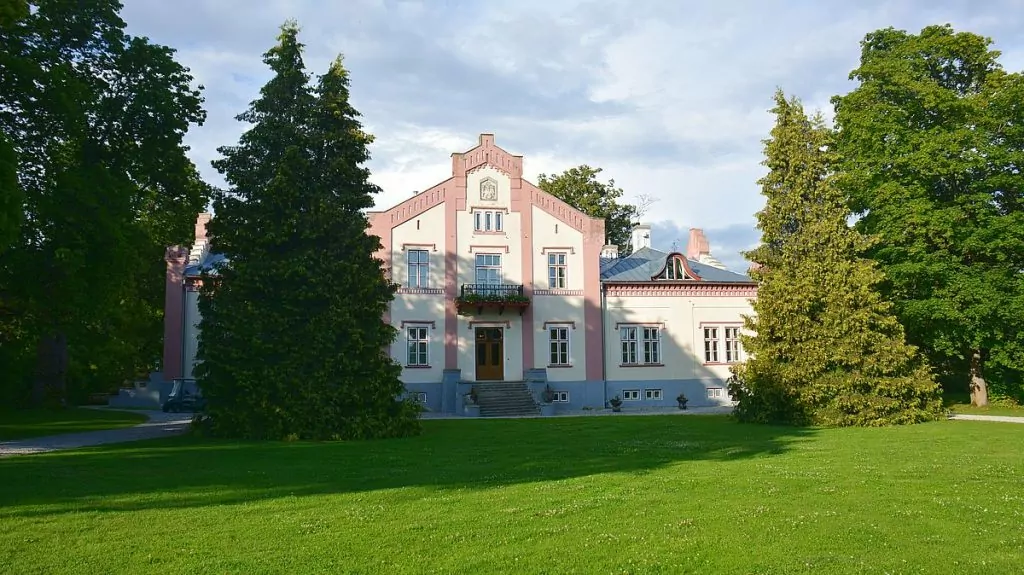
Kuressaare Castle
Kuressaare Castle (or Kuressaare Fortress or Kuressaare Bishop's Castle) is one of the best preserved fortresses in Estonia. Built between the 14th and 19th centuries, the fortress is a truly impressive building with towers, massive walls and a moat filled with water.
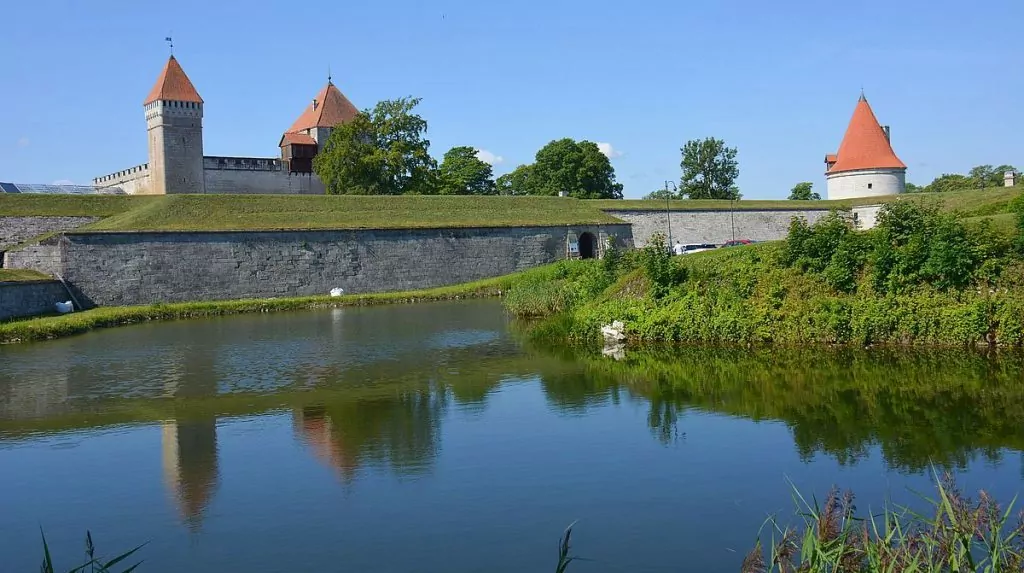
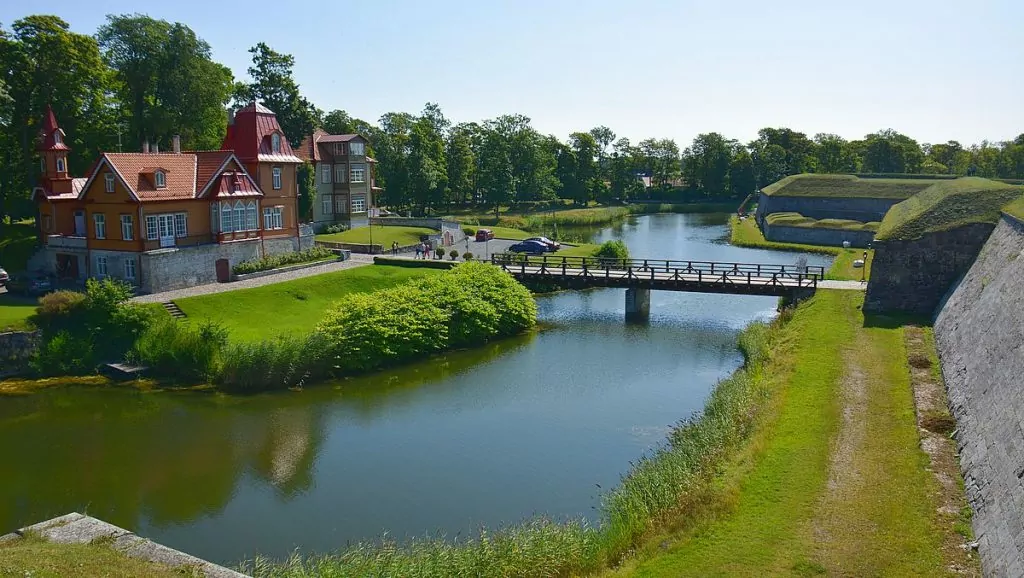
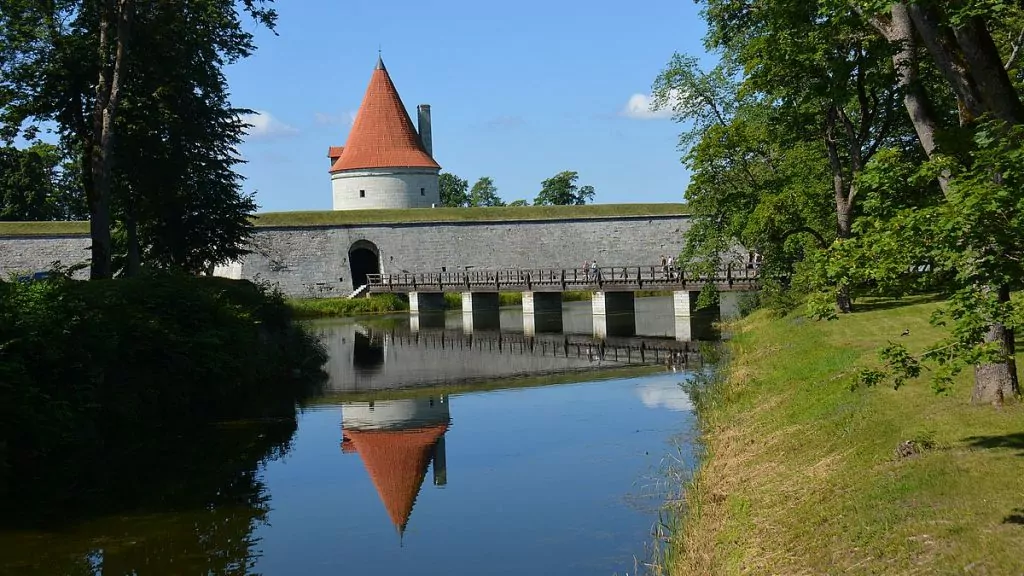
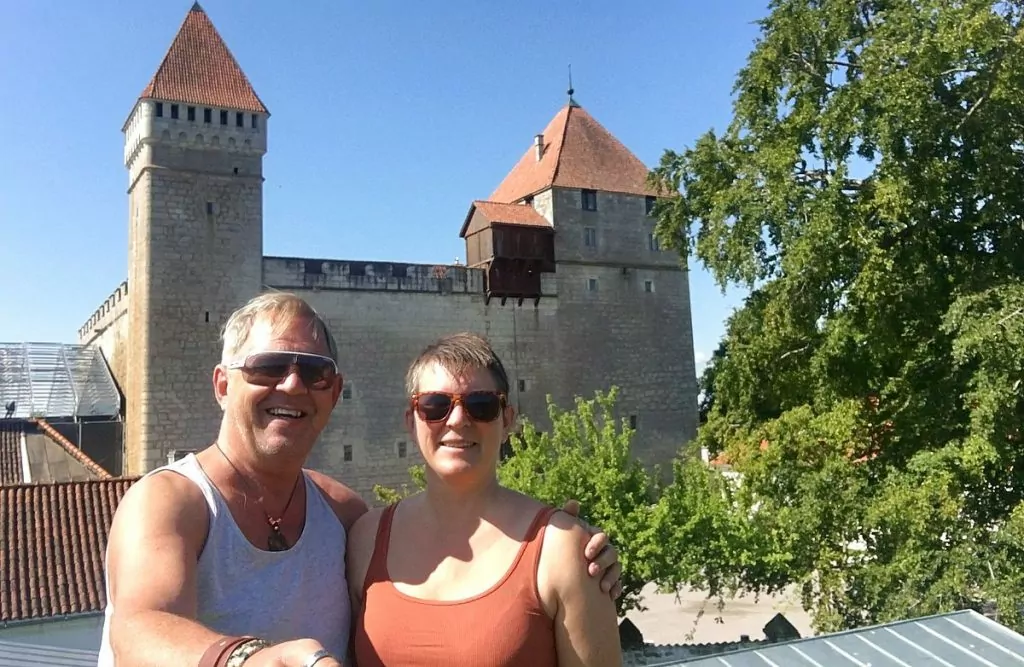
Before entering the castle, we had the chance to try archery. I (Helena) am sure that I would shoot the worst, and excused myself with "someone has to take pictures". Peter did well!
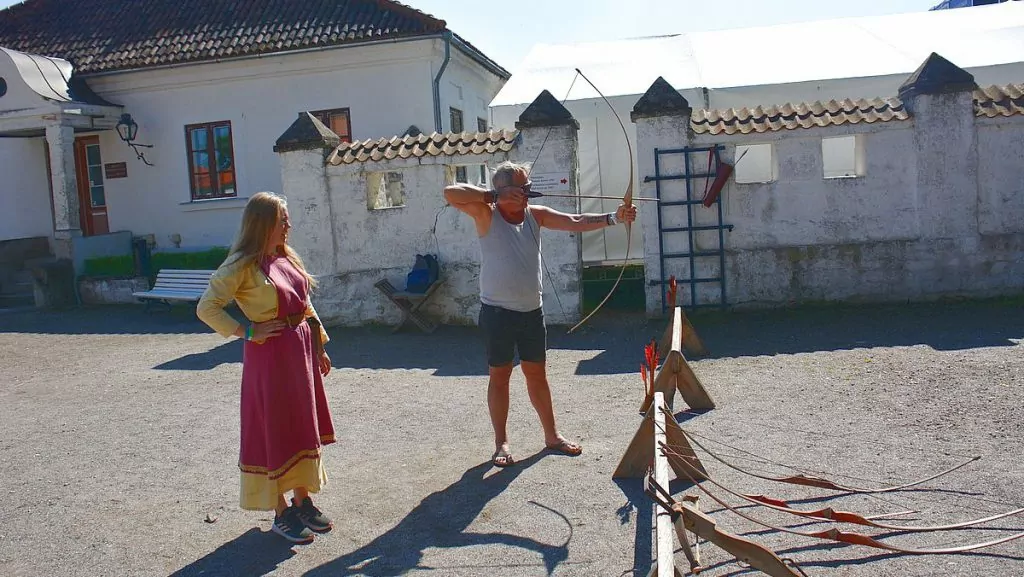
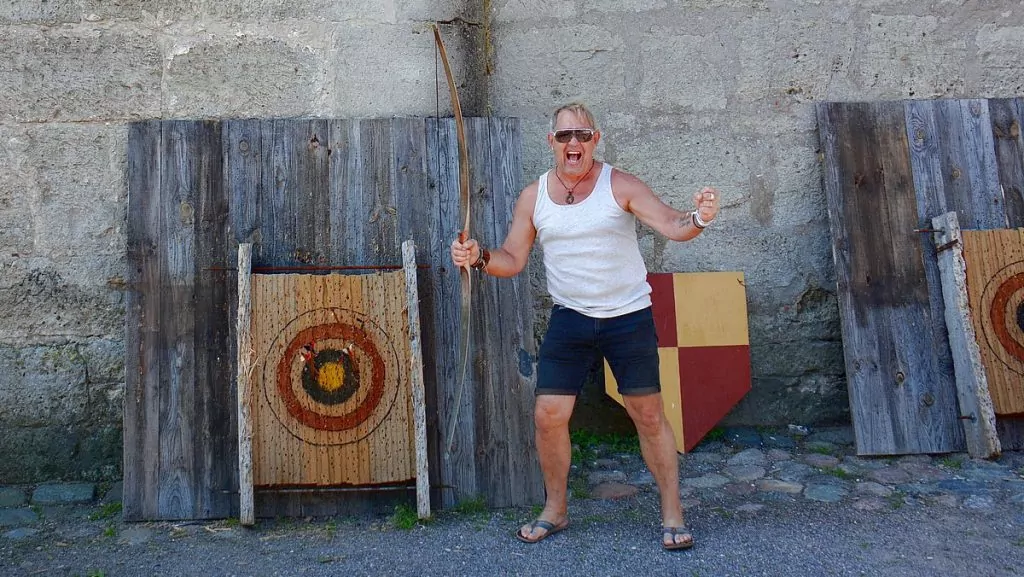
The legend of the walled knight
According to legend, an architect who was designing a monastery building in 1785 found a walled-in room with a table, a chair and a skeleton. The skeleton would have belonged to a knight who was walled in alive in the 16th century.
The knight's promise of celibacy was tested by sending a blonde young woman to him. He fell in love, and when they were discovered, the woman was sent to a convent. The knight tried to rescue her from the monastery, but this attempt resulted in him being walled up alive.
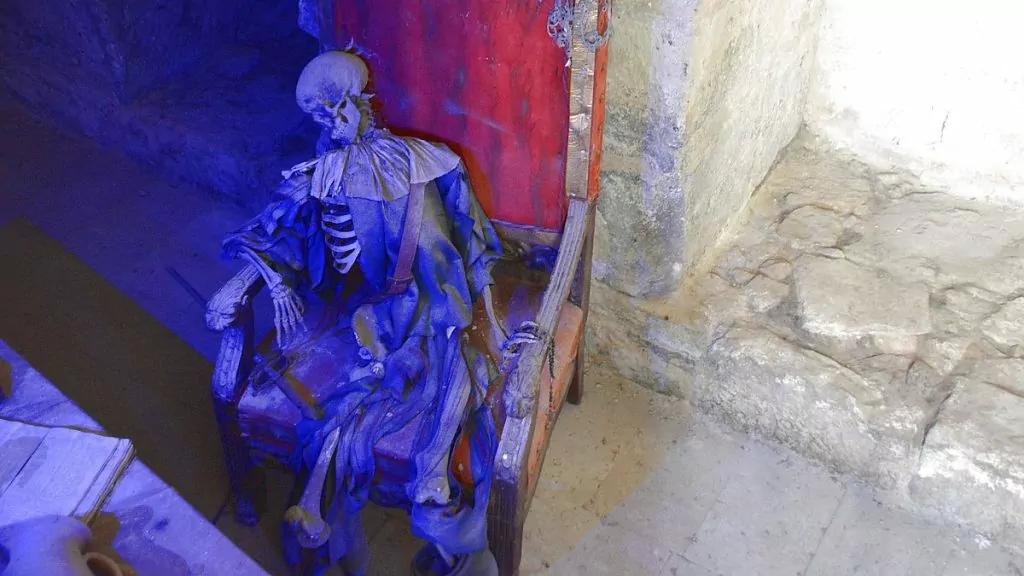
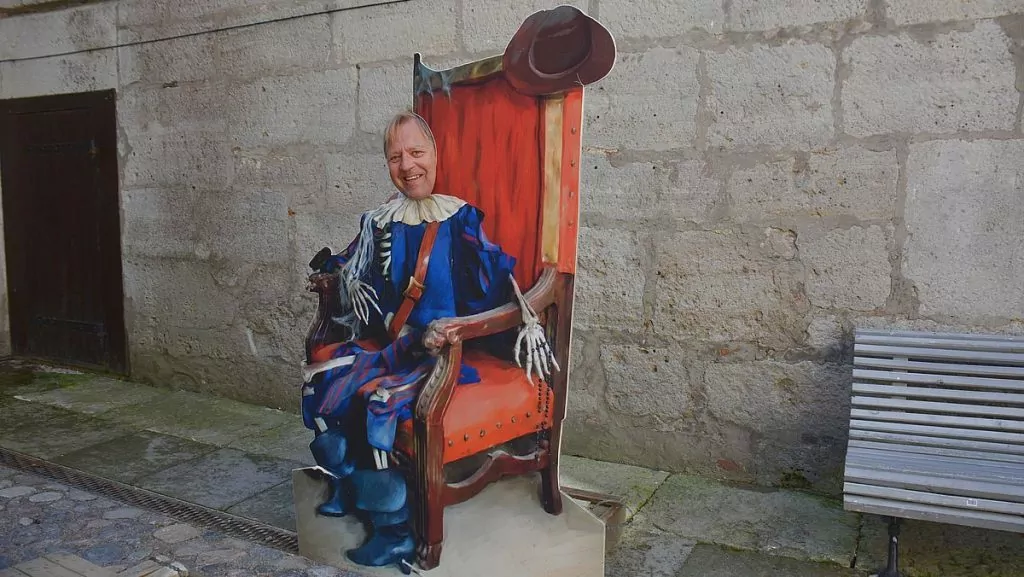
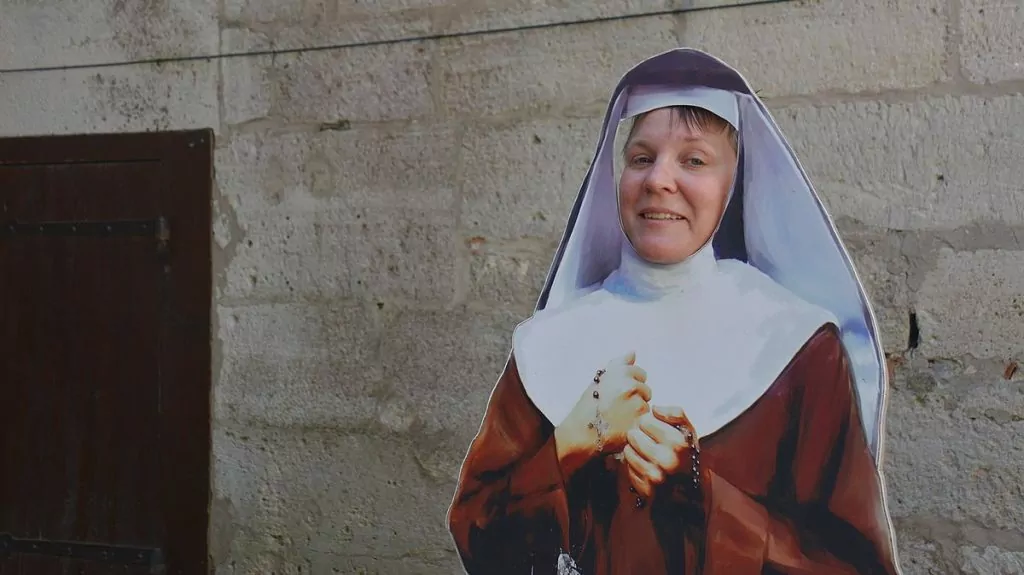
Museum in Kuressaare Castle
Inside the castle there is also a large museum. There are exhibitions about animals and nature, but above all about the history of different eras. At the top there is also a small café.
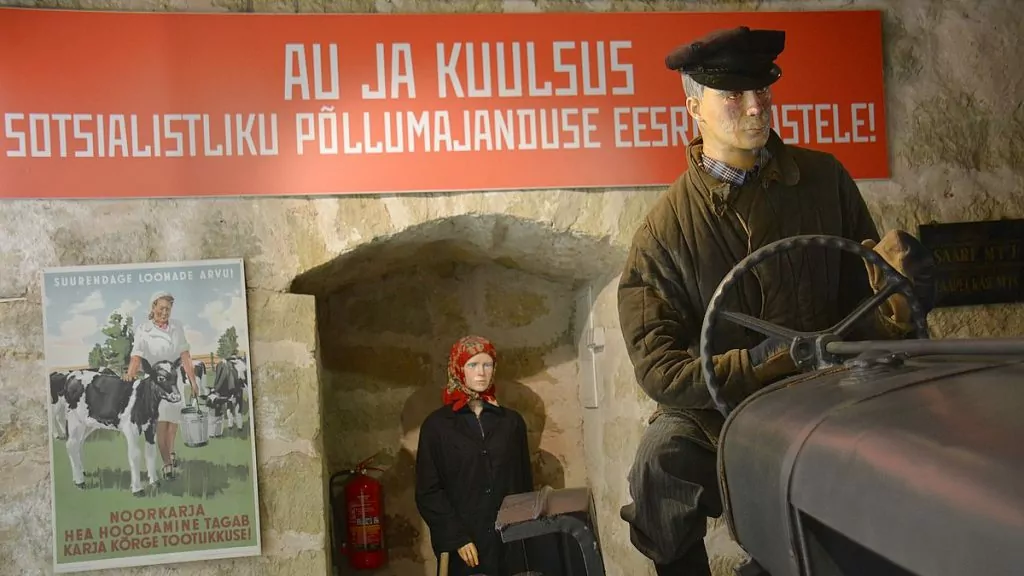
You can also go out to various viewpoints. I (Helena) took photos from a beguiling height distance ...
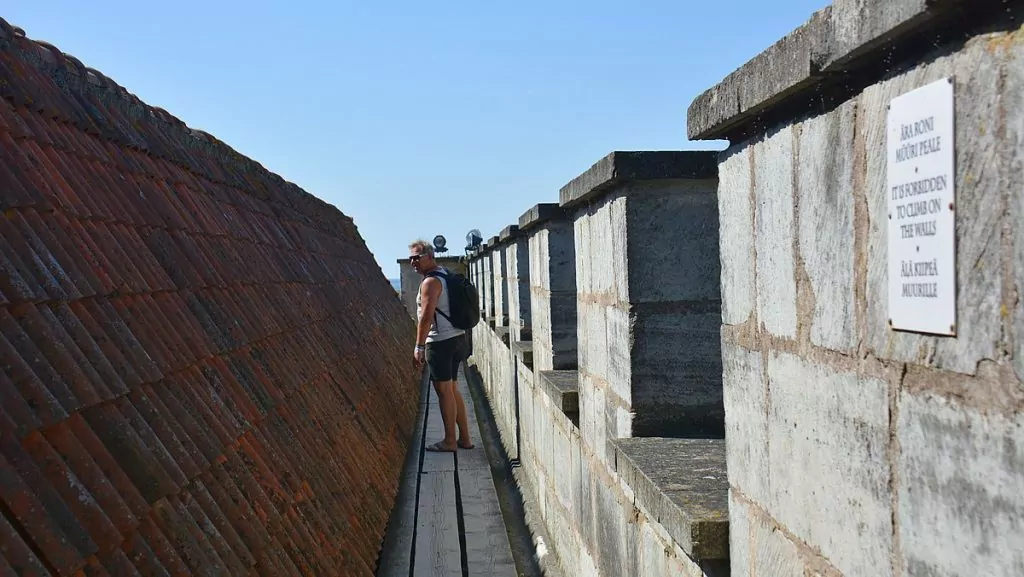
Kaali meteorite crater
About 7500 years ago, a meteorite fell on the island of Saaremaa in Estonia. The meteorite split into smaller pieces, with the largest forming a crater 110 metres wide and 22 metres deep. Eight smaller craters were also formed. The island of Saaremaa was already inhabited at the time and the damage has been compared to the explosion of a small atomic bomb.
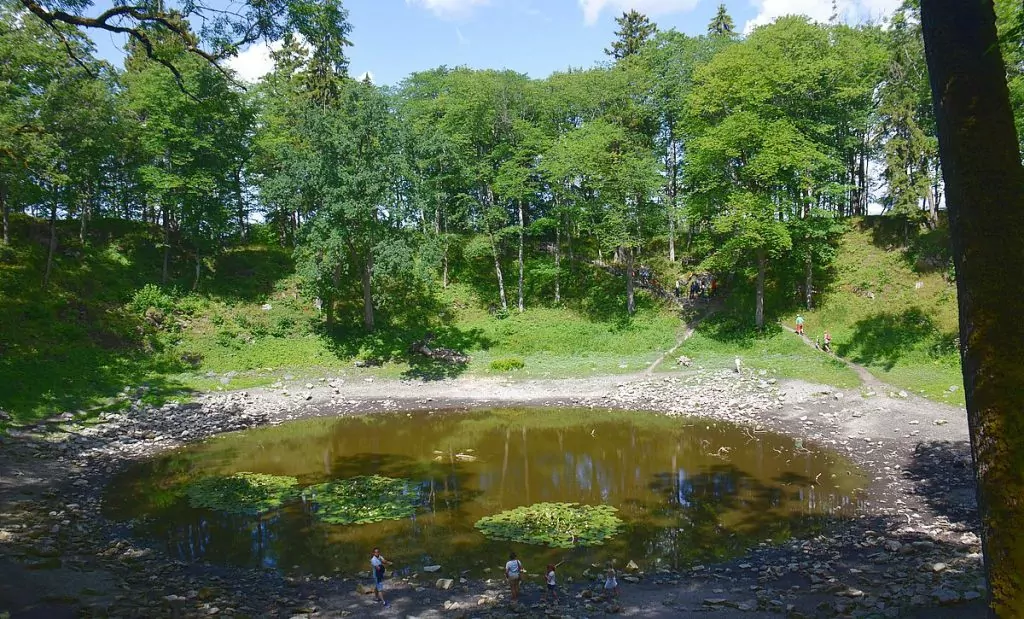
Angla windmill hill
Saaremaa is the island of windmills, and seeing Angla Windmill Hill, or Angla Windmill Park as the area is known, is almost a must. There are five windmills on this site. Four of them are typical "stump mills" from Saaremaa and in the middle is a Dutch-type cap mill from 1927. After checking out the windmills, we went for ice cream. Like the ice cream here in Estonia!
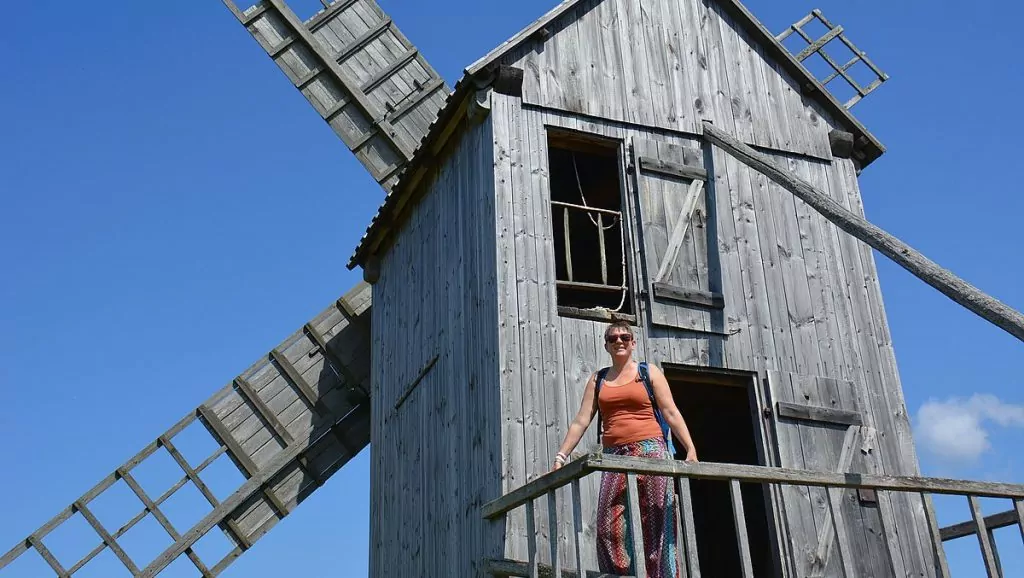
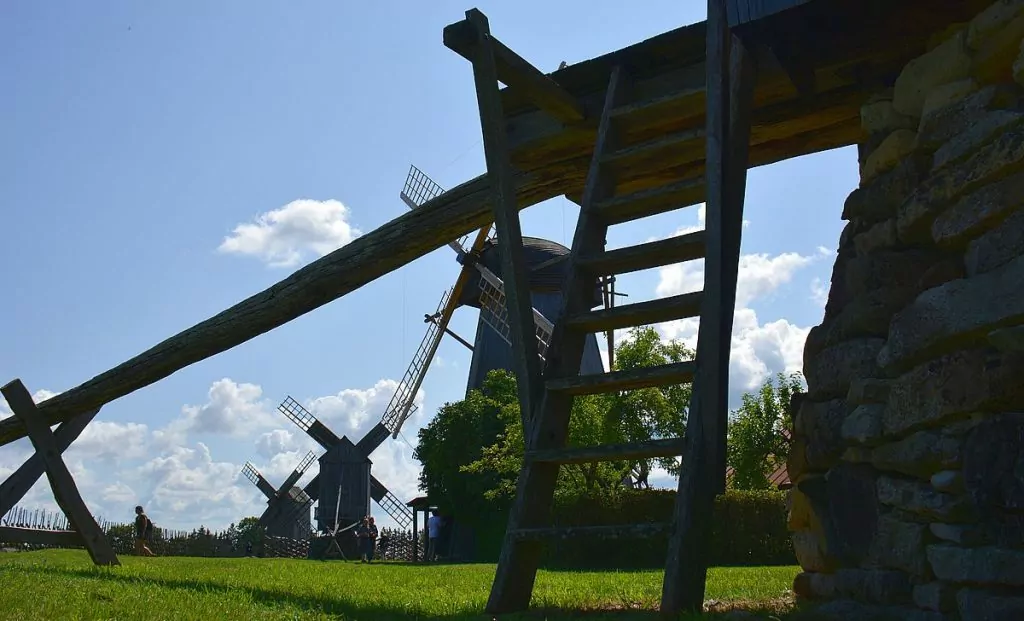
Panga Pank
Panga Pank, or Panga Cliffs as the area is known in English, is Saaremaa's highest cliff. This limestone cliff has a maximum height of 21.3 metres and extends for about 2.5 kilometres. At the highest point, there is also an ancient sacrificial site, where sacrifices were made to the sea long ago.
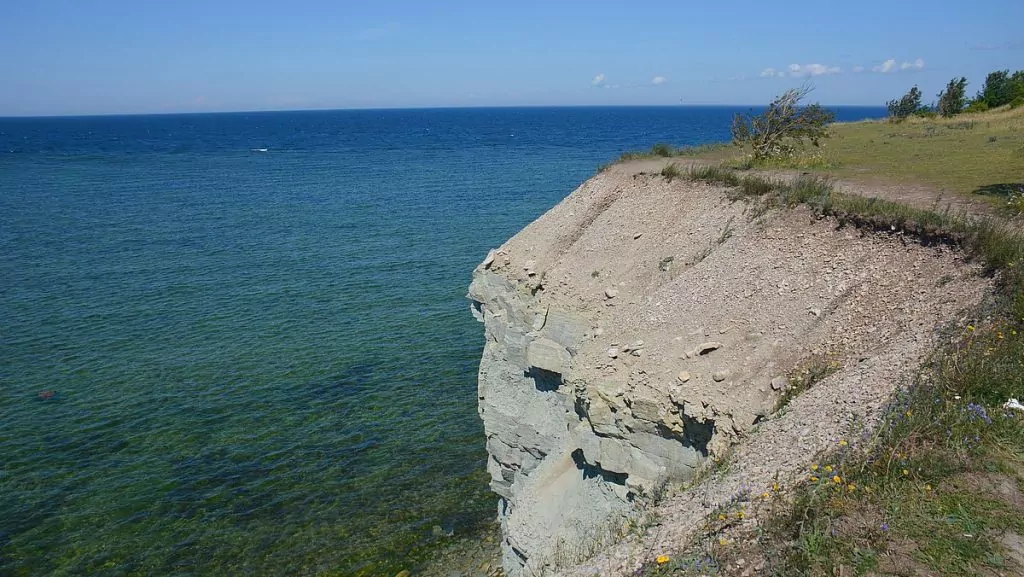
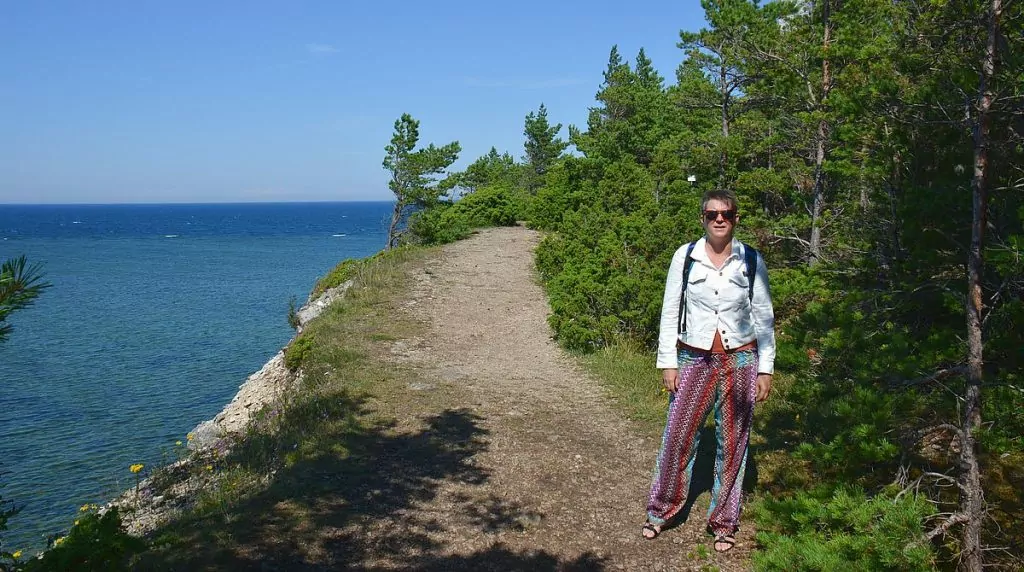
I (Helena) am afraid of heights, and I can't say that I am love to walk near steep cliffs with warning signs, but despite this I managed to pose for a selfie with a smile! (Or well, almost in any case).
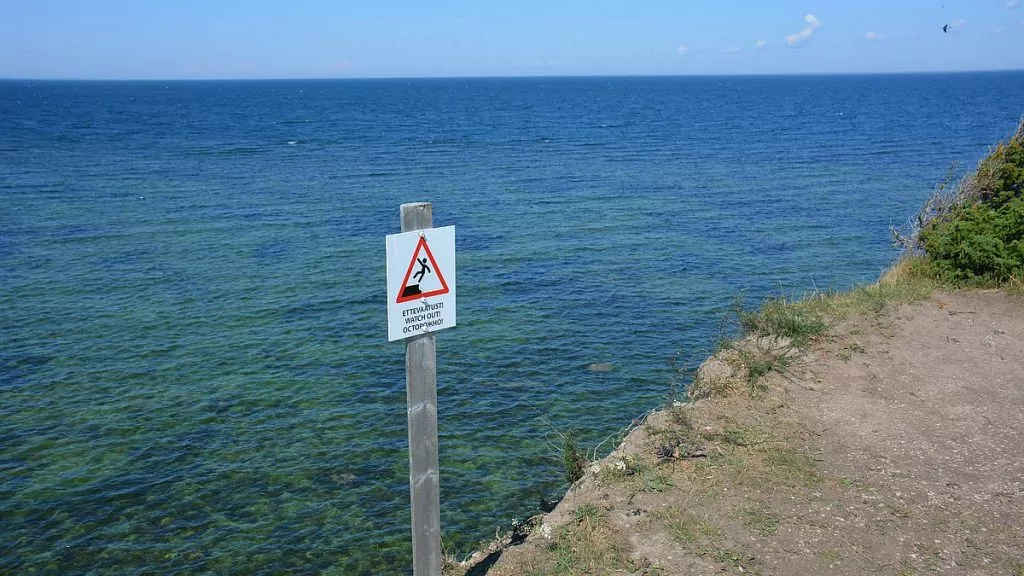
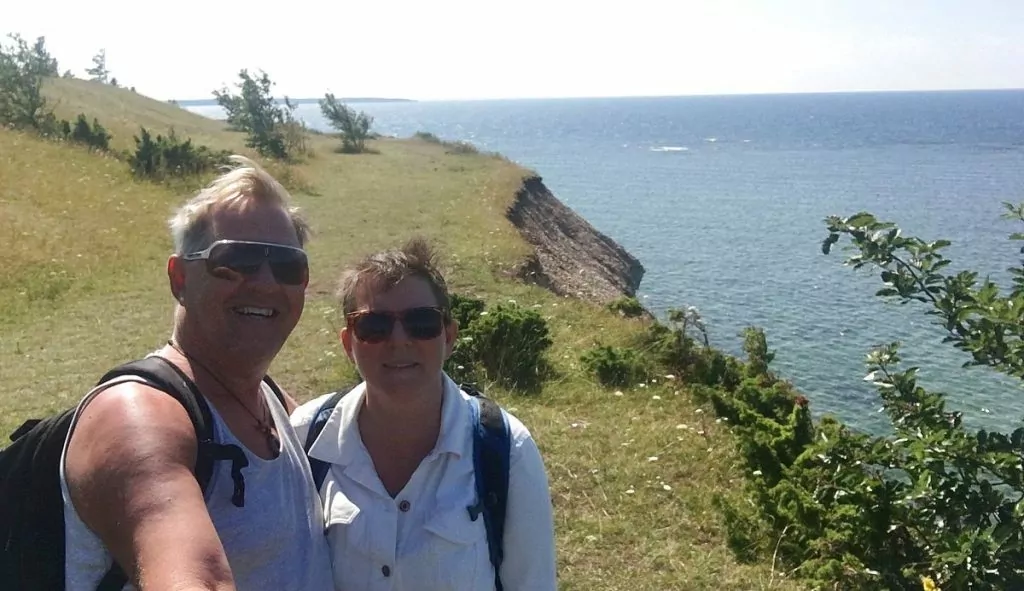
Camping on Saaremaa in Estonia
We have free-camped a lot in Estonia, because it is allowed, feels safe and because there is a lot of beautiful nature to free-camp in. On the island of Saaremaa in Estonia, we chose to stop at a campsite to empty and fill our tanks, and to take a much-needed shower.
The campsite is located in Lõunaranna harbour on Moon (Muhu) Island, with a nice view of a small marina. We paid 20 euros for a campsite with electricity. If you want, you can pay extra for a sauna and/or breakfast.
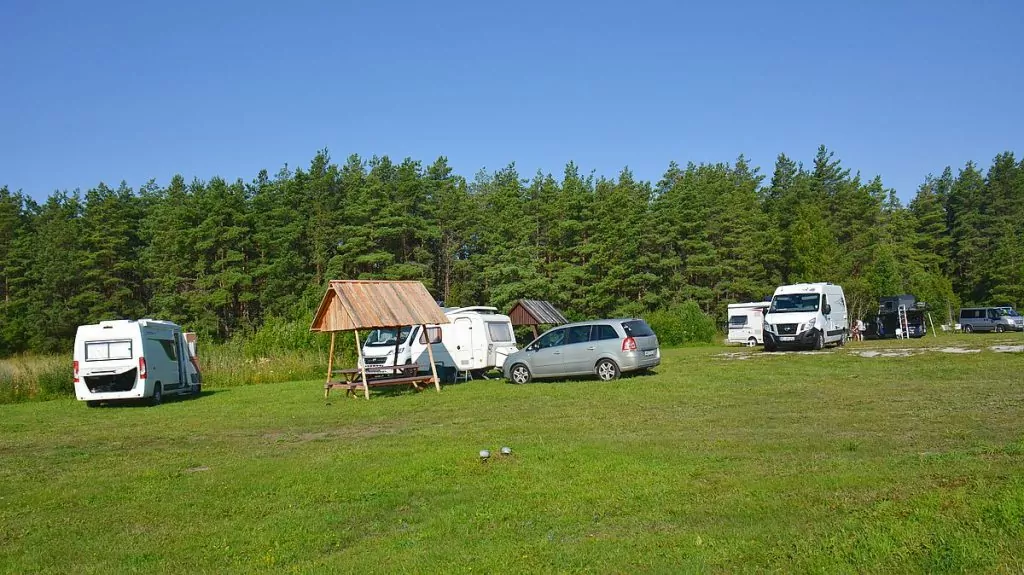
Video from Saaremaa
Exploring the port of Tallinn, Estonia
One of the best things about travelling is discovery. Going on unplanned...
Lake Peipus in Estonia - village festivals, onions and old-timers
Lake Peipus in Estonia is located in the eastern part of the country and is known for its...
Rally Estonia in Tartu - a great festival of people
In cooperation with the Estonian Tourist Board Rally Estonia in Tartu is a great folk festival that attracts...
Narva in Estonia - on the border with Russia
In cooperation with the Estonian Tourist Board Narva in Estonia is the EU's outpost against Russia, with the border crossing...
Rakvere fortress in Estonia - history and spectacle
In cooperation with the Estonian Tourist Board Rakvere Fortress is located on a hill in the town of Rakvere in the north of...
10 things to do in Tartu, Estonia
What to do in Tartu, Estonia? We spent three days in this...
The cliffs of Ontika in Estonia - and Oru Park in Toila
In collaboration with the Estonian Tourist Board The cliffs of Ontika in Estonia are dramatically steep rock faces that plunge into the...
Rummu quarry in Estonia - prison turned bathing paradise
In cooperation with the Estonian Tourist Board Rummu quarry in Estonia is a very different sun and bathing paradise,...
Travelling by motorhome in Estonia - all you need to know
What is it like travelling with a motorhome in Estonia? We have just returned home after barely...
Proto discovery workshop - experience centre in Tallinn
The Proto Discovery Workshop is an experience centre in Tallinn where you can discover and experience early technological developments,...
Ferry to Estonia - Tallink silja vs DFDS
Ferry to Estonia, which one to choose? On our last trip to Estonia, we tried two different ferry...
What to do in Tallinn - 30 sights and experiences
Looking for tips on things to see and do in Tallinn? We've visited Estonia...
Guided tour of Tallinn - the Kalamaja neighbourhood
Today you can join a guided tour in Tallinn, Estonia! We love guided tours. When...
Haapsalu, Estonia - noise village charm on the coast
In collaboration with the Estonian Tourist Board Haapsalu in Estonia is a beautiful wooden town on the Estonian coast....
Cruise Stockholm - Tallinn with Victoria I
We have been on a cruise Stockholm - Tallinn with Victoria I from Tallink Silja Line. So...
Dagö in Estonia - among lighthouses and Swedish history
In cooperation with the Estonian Tourist Board Dagö in Estonia is a green and scenic island, where...
Motorhome holiday in Estonia - starting in Tallinn
We're finally off on a motorhome trip in Estonia, exploring the country for three weeks! We...
Things to do in Estonia - 30 sights and experiences
What to see and do in Estonia? We offer 30 tips for a country...
The highest mountain in the Baltics - Suur Munamägi in Estonia
In cooperation with the Estonian Tourist Board We have "climbed" the highest mountain in the Baltics - Suur Munamägi in Estonia....
An excursion to Kadriorg Palace in Tallinn, Estonia
It's all over the place here! A few days ago we were in Malta and now we are in...
Pärnu in Estonia - beaches, spas and villas
In cooperation with the Estonian Tourist Board Pärnu in Estonia is known for its beaches, spas and...
Facts about Estonia - 30 things you (might) not know
Here are the facts about Estonia - 30 things you (maybe) didn't know about the country. Estonia is...
2 good hotels in Tallinn, Estonia - luxury or colour?
We have now tried two different good hotels in Tallinn, Estonia. The first night we stayed ...
Ferry to Tallinn - what not to miss
If you follow our blog, you know that we travelled by ferry to Tallinn during the Easter holidays. We...
Kynö in Estonia - the island where women are in charge
In cooperation with the Estonian Tourist Board Kynö in Estonia is a small and very special island. It...
Lahemaa National Park in Estonia - nature and mansions
In cooperation with the Estonian Tourist Board Lahemaa National Park in Estonia is a large natural area that offers...
Keila waterfall in Estonia - and a romantic park
In cooperation with the Estonian Tourist Board Keila Waterfall in Estonia is the country's third largest waterfall and is located...
Tourest 2020 travel fair in Tallinn - travel destinations and delicacies
We have visited the Tourest 2020 travel fair in Tallinn, Estonia. Really fun and inspiring! The fair offers both ...
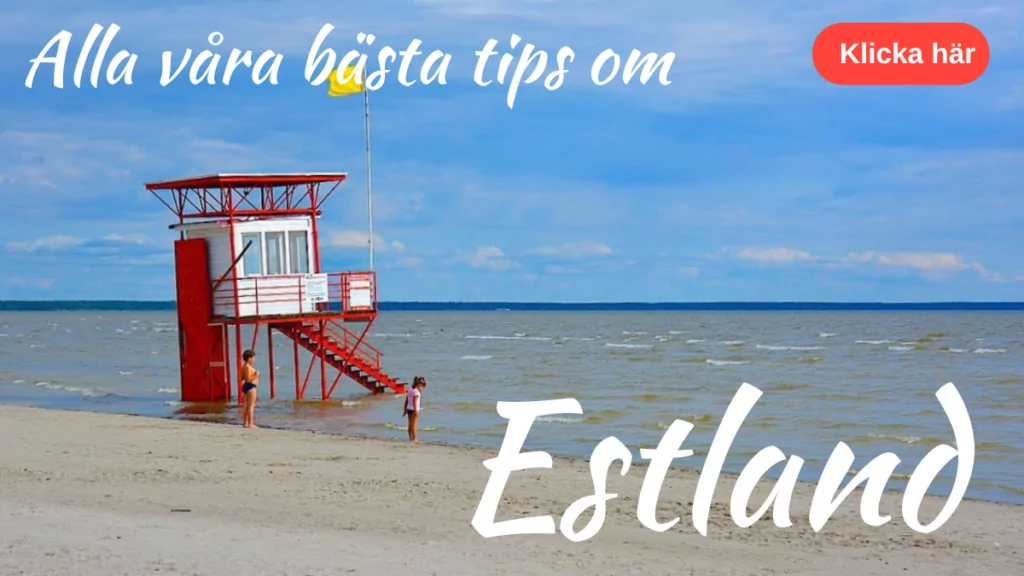
Facts about Saaremaa in Estonia
- Country: Estonia
- Landscape: Saaremaa, which also includes the islands of Runö and Moon.
- Municipality: Municipality of Saaremaa (including the islands of Vilsandi and Abrö)
- Size: 2673 square kilometres
- Population: 31 000 (2017)
- The name Ösel: The Vikings travelled to Saaremaa in 972 and named the island 'Eysysla', which roughly means 'island' and 'district' or 'administrative area'.
- Industries: Agriculture and fish processing industry
Things to see and do on Saaremaa
- Locations: Kuressaare (main town), Nasva, Salme, Kudjape, Kärla, Aste, Valjala, Leisi, Orissaare
- National Park: Vilsandi National Park
- Attractions: Kuressaare Castle, Angla Windmill Park, Karja Catherine Church, Panga Pank, Kaali Crater, Muhu Museum in the village of Koguva, Pädaste Manor and Loona Manor.
- Prices: We paid €8 per person to visit Kuressaare Castle and €4 per person to visit the Angla weathervane hill.
The people of Saaremaa
- Famous people: Jakob Mändmets (author), Louis Kahn (architect), Eugène Dücker (artist), Ivo Linna (singer) and Arnold Rüütel (third President of Estonia).
- Estonian Swedes: Saaremaa used to have an Estonian-Swedish population, but this has disappeared or been mixed with the Estonian population. The names Suur-Rootsi (Big Sweden), Väike-Rootsi (Little Sweden) and Rootsiküla (Sweden Village) are reminders of the Estonian-Swedish history.
The history of Saaremaa
- 10 000 years ago: The very oldest remains of settlements on Saaremaa date back 10,000 years.
- Viking Age: Both in Snorri Sturlasson's The Ynglinga Saga and in historical Norway tells of the sword king Yngvar who ravaged Estonia and tried to take Saaremaa. Esther of Saaremaa, for her part, ravaged Blekinge in the 13th century, destroying a church and capturing slaves. At this time, Saaremaa had a thunder god called Tarapita, who was similar to Thor in many ways.
- Various gentlemen: For a long time, Germans, Danes and Swedes took turns to rule over Saaremaa. The castle in Kuressaare (Kuressaare Bishop's Castle) was first built by the Danish king Valdemar Sejr during a crusade in 1206. In 1227 the island was conquered by German crusaders under Albert of Riga, who took the opportunity to forcibly Christianise the population. In 1345 the Teutonic Order built the castle of Soneburg. The island became Danish again in 1559, and at the Peace of Brömsebro in 1645 Ösel became Swedish. In 1710, the island fell to Russia and became part of the Governorate of Livonia. During both the First and Second World Wars, German and Russian armies fought over the island.
- The Soviet era: The island was closed during the Soviet era and could only be visited by those with a visa or specially issued internal passport. The island had limited immigration from other parts of the Soviet Union, and less than 3 per cent of the population is now Russian-speaking.
Travelling to Saaremaa in Estonia
- Ferry from the mainland: Ferries run to Saaremaa (Muhu and Saaremaa) from Virtsu on the mainland. It takes just under an hour to drive from Pärnu to Virtsu. It takes 1 hour and 40 minutes to drive from Tallinn to Virtsu. You can check the current ferry timetable at Praamid.ee.
- Ferry from Dagö: It is also possible to get to Saaremaa in Estonia by ferry from Sõru on Dagö to Triigi on Saaremaa. These ferries run less frequently and are more likely to be full. Book in advance at Veeted.com (only a certain percentage of tickets can be booked) or arrive in time for the ferry.
Programme "Promoting Estonia as a Tourism Destination" is supported by European Union Regional Development Fund.

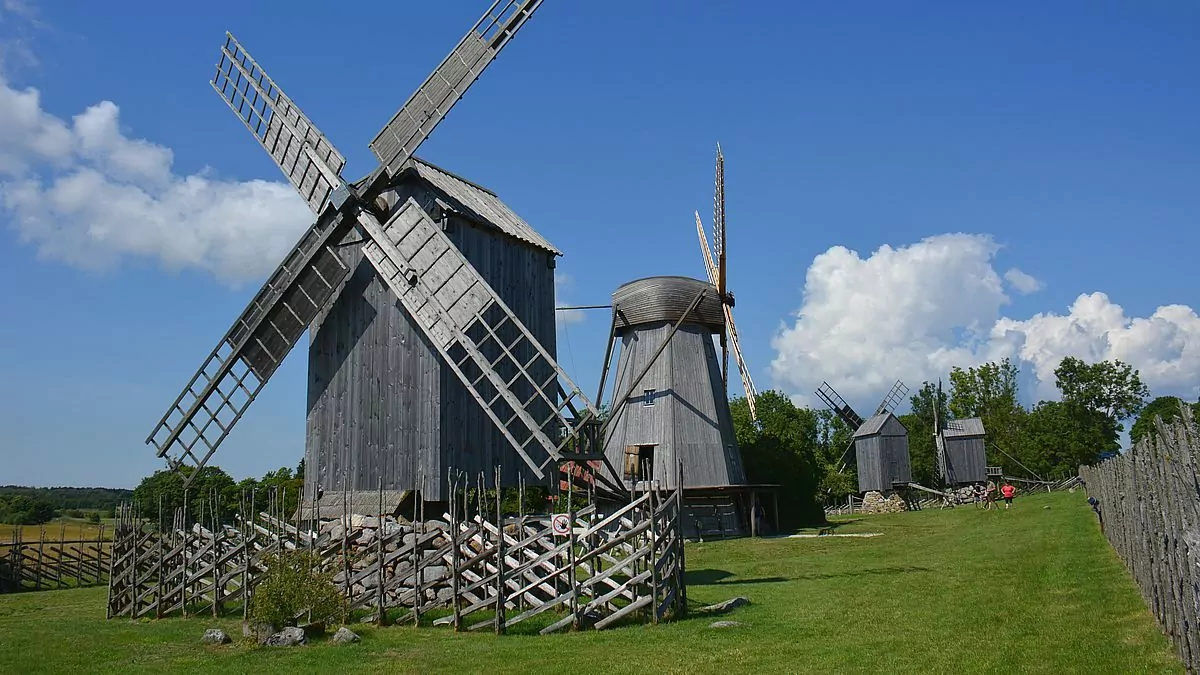







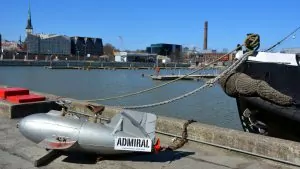
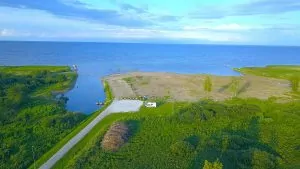
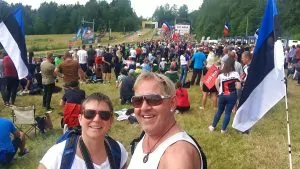
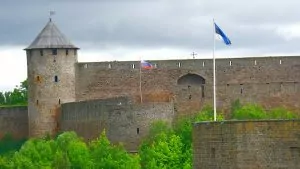
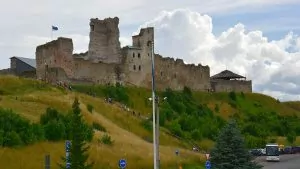
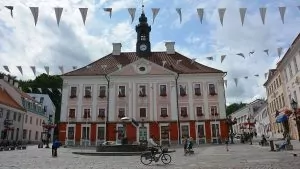
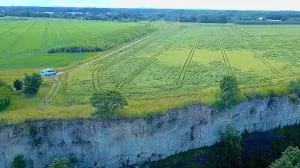
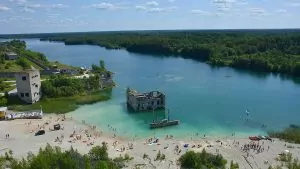
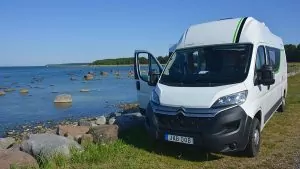
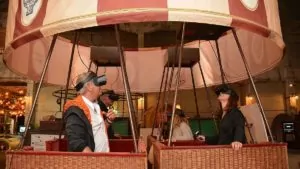
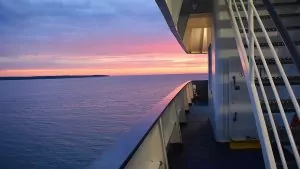
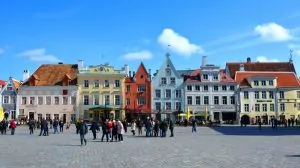
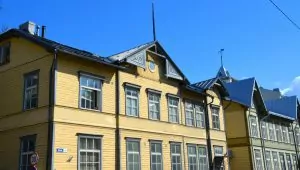
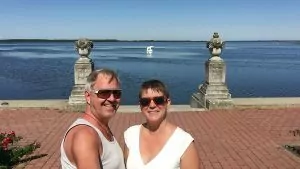
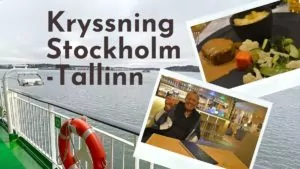
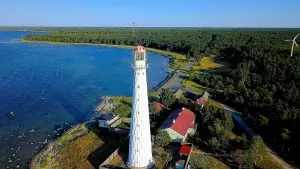
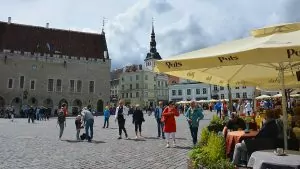
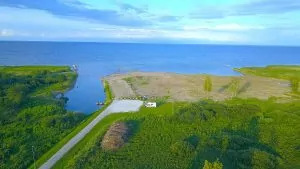
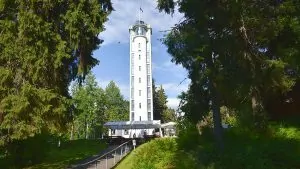
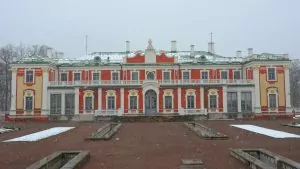
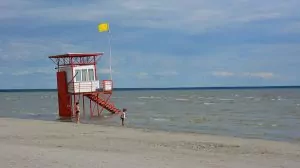
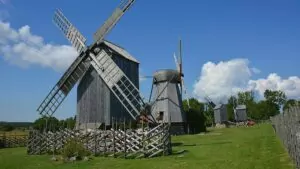

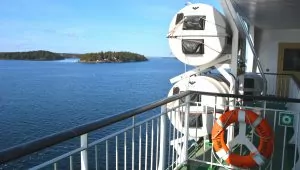
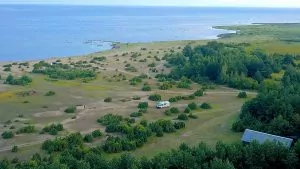
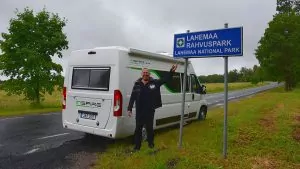
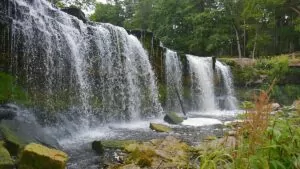
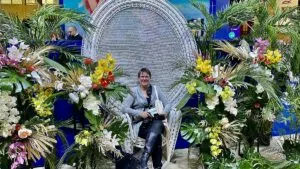
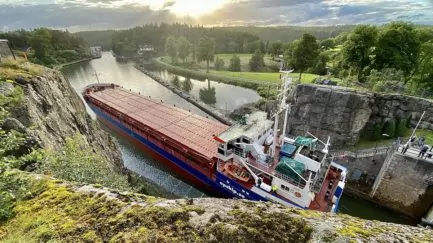
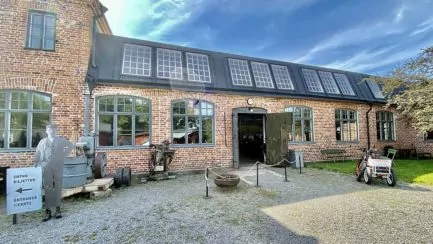
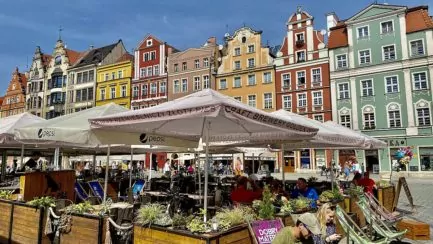
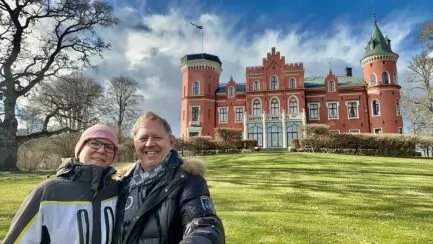
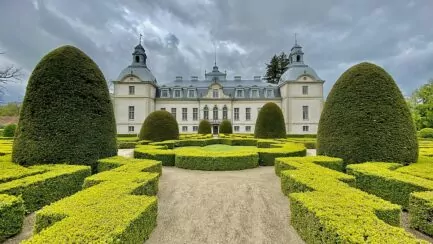
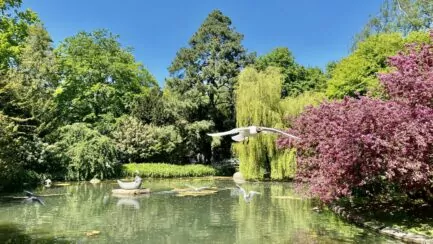



Nils-Åke Hansson says:
I was pleased to recognise myself in some of the pictures. In Kuressaare at the market I got a lady to speak Swedish. Bought a knitted jumper from her. We were parked at the castle with the motorhome.
21 July 2019 - 8:12
Helena says:
Glad that you recognised yourself and glad that you found someone to speak Swedish with! 🙂
21 July 2019 - 8:40
Ama de casa says:
The smile was somewhat strained and you were standing a good distance from the edge, but you get applause from here anyway: *clap, clap, clap"
And some thumbs up: ???? 😀.
21 July 2019 - 9:59
Helena says:
Thank you very much! Yes haha, a little strained maybe 😉 😉 😉 .
21 July 2019 - 18:46
Ann-Louise Paulsson says:
What a beautiful island and so nice with the windmills!
21 July 2019 - 17:10
Helena says:
Truly a beautiful island!
21 July 2019 - 18:46
Ditte says:
Great fun to follow your journey in Estonia. Have probably visited the places you have done and the archipelago here is so nice.Very nice to get thin here even with your own boat. But the ferries between the islands are great.Have a good time.
21 July 2019 - 18:51
BP says:
Yes, I have learnt a lot here - again! Saaremaa is so much more than a health resort with a lot of spa facilities for older people. The windmills are absolutely delicious and very well maintained.
That cliff is actually quite scary and should have a guardrail. I mean, what if a small child steps wrong and falls down there?
21 July 2019 - 19:27
Lena - gott för själen says:
You really find a lot of nice and fun places. And I am so impressed with all the fact-packed posts. Great job!
Hug Lena
22 July 2019 - 8:16